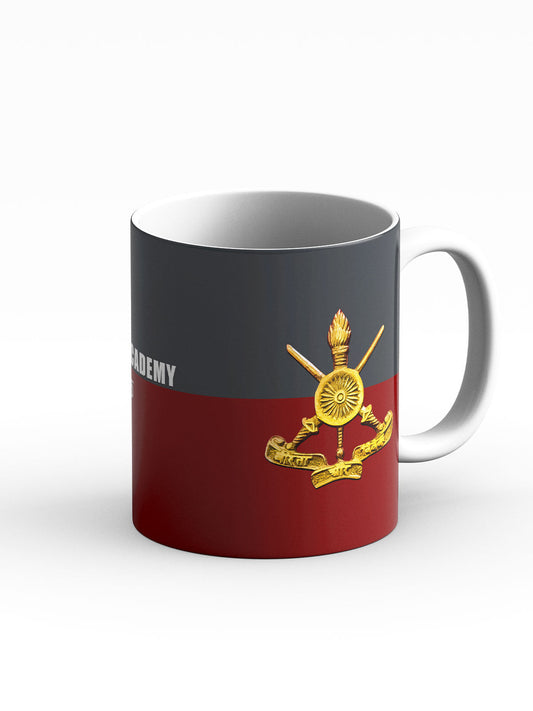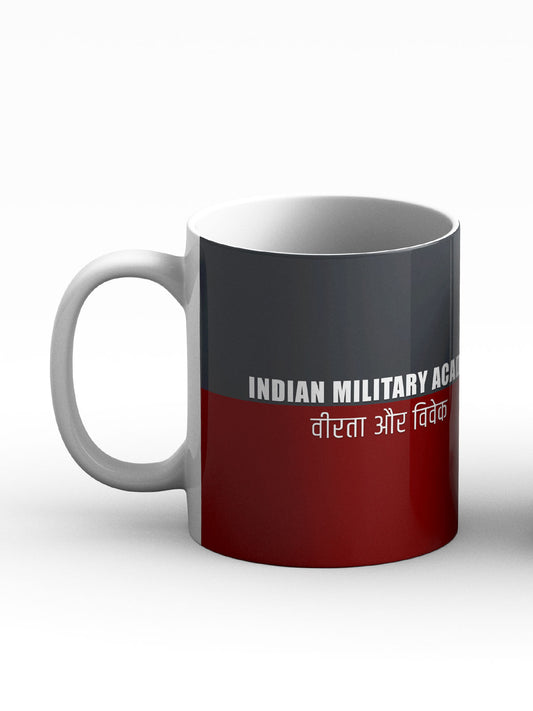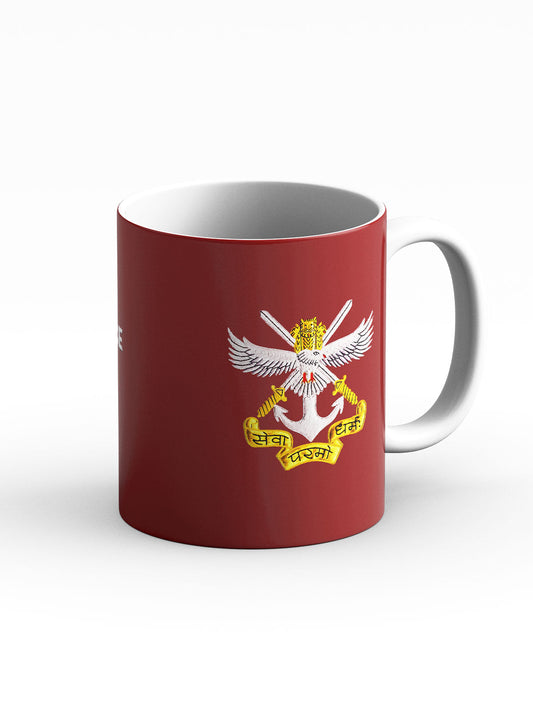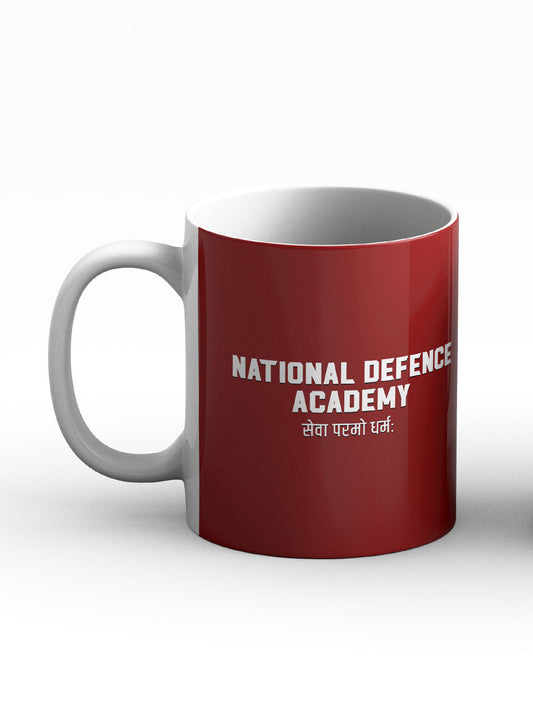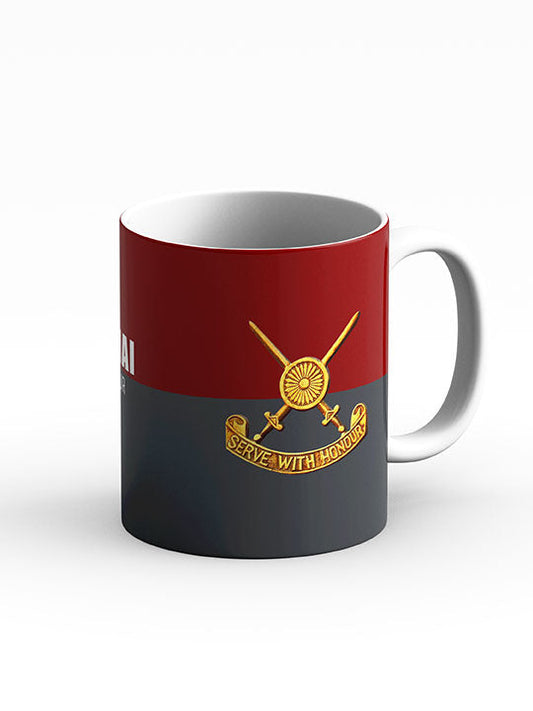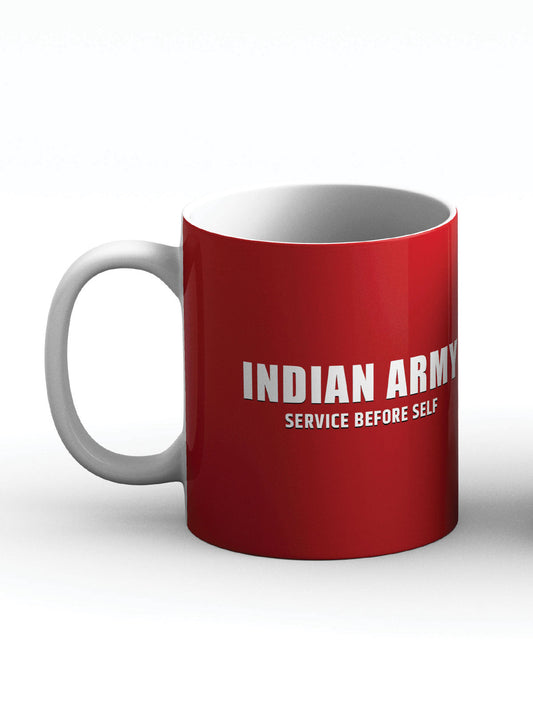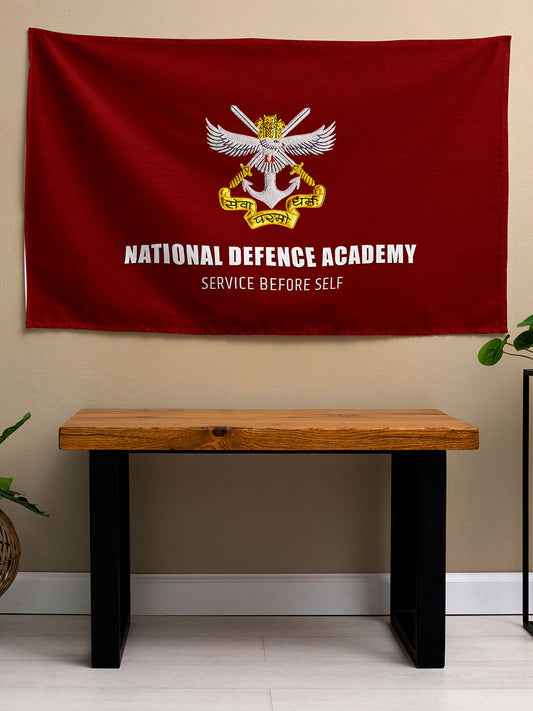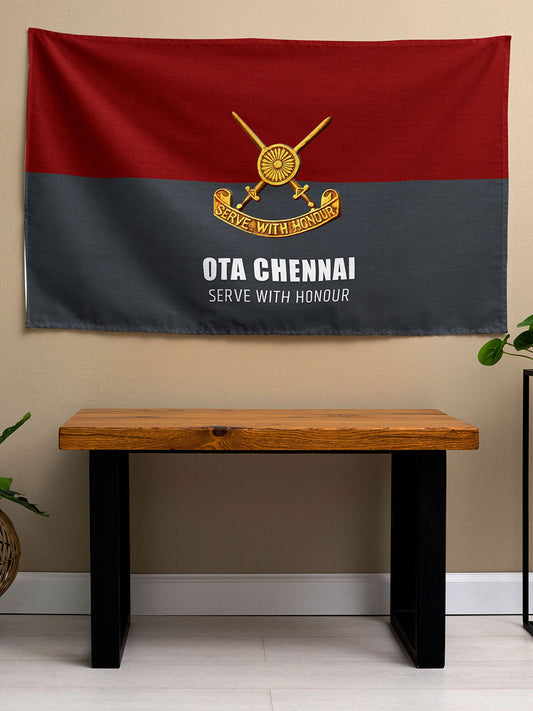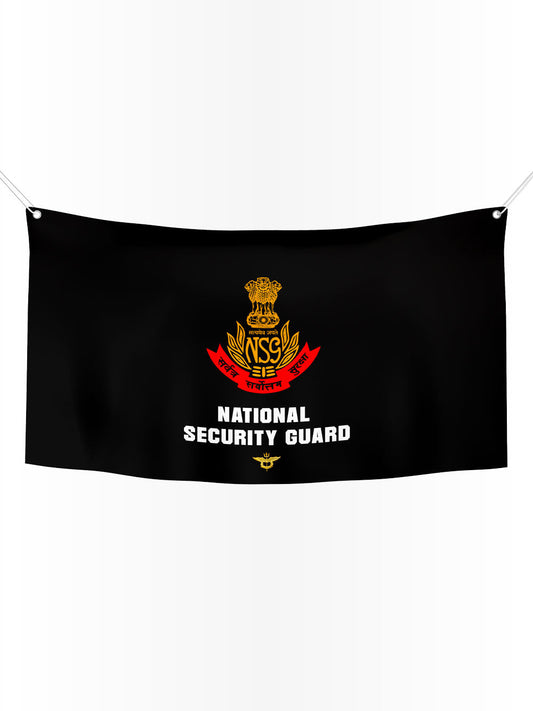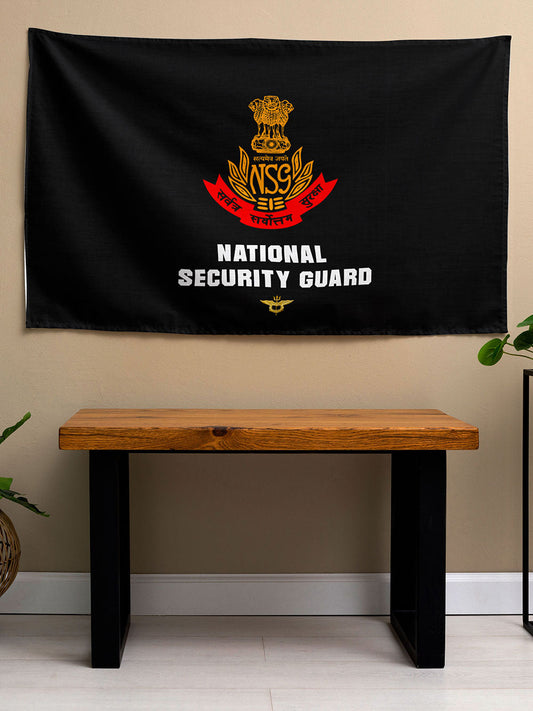SSB Interview Psychology Tests: Mastering TAT, WAT, SRT & SDT
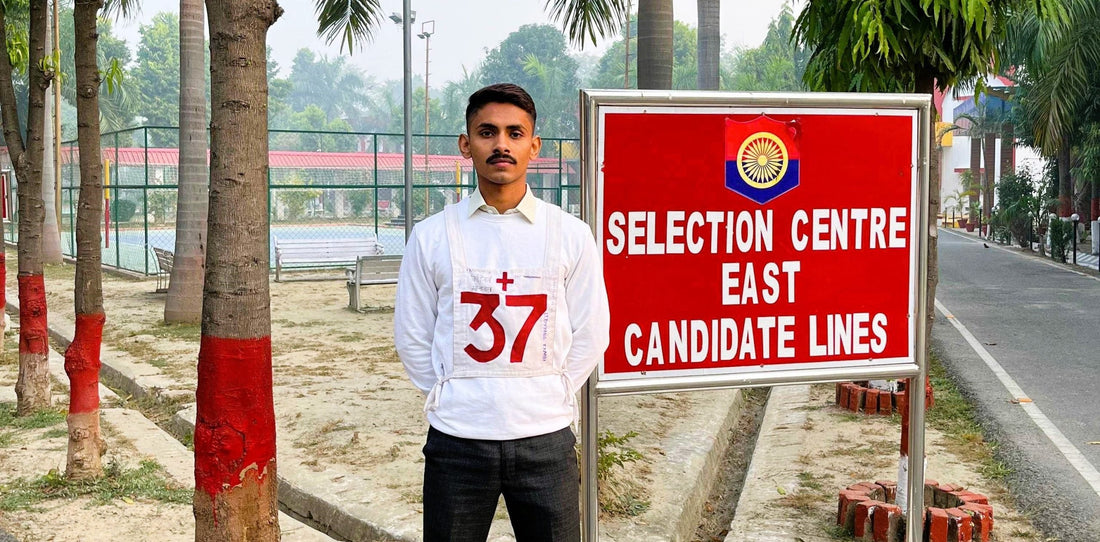
Introduction
The Services Selection Board (SSB) interview is a cornerstone in the recruitment process for India's Defence forces, evaluating candidates through various means to ascertain their suitability. Among these, the Psychological Test Series stands out as a vital component, consisting of the Thematic Apperception Test (TAT), Word Association Test (WAT), Situation Reaction Test (SRT), and Self-Description Test (SDT). Mastering these psychological assessments is crucial for aspirants hoping to qualify for officer training in the Indian Armed Forces.
Why is the psychological aspect so pivotal? Understanding a candidate's mental and emotional resiliency, decision-making, and interpersonal abilities provides a more holistic view than traditional academic qualifications alone. In a defense environment where quick thinking, resilience, and leadership are non-negotiable traits, these tests reveal how candidates might perform under pressure.
This article delves into each component of the SSB Psychological Tests, offering insights into their structure, significance, and strategies for excelling in them. By comprehensively understanding and mastering the TAT, WAT, SRT, and SDT, candidates can significantly enhance their chances of selection and pave their way toward a fulfilling career in the Defence services.
Historical Context
The SSB interview process, including psychological assessments, has evolved significantly since its inception in the early 20th century. Initially influenced by the psychometric assessments used in World War I to evaluate soldier capabilities, the modern iteration aims to understand a candidate's psychological stability and adaptability, vital for the dynamic field of Defence.
The establishment of the SSB in 1941 marked a shift in recruitment approaches, where traditional methods began to include comprehensive psychological evaluations. The implementation of structured psychological testing sought not only to find the best candidates based on academic credentials but to build a more dexterous and capable officer corps. Throughout the decades, the testing methods have undergone refinement, now focusing on behavioral observation and psychological profiling techniques aligned to the demands of modern-day military strategies.
Main Sections
Thematic Apperception Test (TAT)
The TAT is a projective psychological test involving storytelling based on ambiguous images. Candidates are shown a series of pictures and asked to create narratives around them. This assessment aims to reveal the respondent's underlying motivations, emotions, and thought processes.
Key Elements of TAT:
-
Structure: The test typically consists of 12 pictures, where you might only need to narrate stories for around 5-6. The pictures are often ambiguous, offering minimal context, thus requiring participants to draw on their imagination and personal experiences.
-
Interpretation: Psychologists analyze the content, themes, and emotional responses in the narratives to gauge aspects such as individual motivation, desires, and conflict management styles.
Preparation Tips for TAT:
-
Practice Storytelling: Regularly practice crafting stories from random images. Focus on including character emotions, conflicts, and resolutions.
-
Be Genuine: Allow your innate personality to shine through your narratives, as they reflect your thought processes and values.
-
Time Management: Practice responding quickly to manage your time during the actual test effectively.
Word Association Test (WAT)
The WAT comprises a series of words presented to candidates, who must respond with the first word that comes to mind. This test helps reveal the candidate's subconscious feelings and attitudes towards certain concepts, particularly those relevant to the Defence environment.
Key Elements of WAT:
-
Structure: Candidates are given a list of words—usually 60 to 70—and asked to respond within a specific timeframe.
-
Analysis: Responses are evaluated based on associations—positive, negative, or neutral—which provide insights into a candidate’s personality, emotional stability, and thought processes.
Preparation Tips for WAT:
-
Rapid Response: Train yourself to think and respond quickly. You can improve this skill by practicing word association exercises regularly.
-
Focus on Positivity: Aim for constructive associations. Shift negative responses into positive ones, as this demonstrates resilience and a growth mindset.
-
Reflect: Post-practice, reflect on your responses. Analyze your associations to identify themes in your personality that could be addressed or improved.
Situation Reaction Test (SRT)
The SRT assesses how candidates respond to hypothetical scenarios relevant to the Defence context. It provides insight into decision-making skills, leadership qualities, and ethical considerations.
Key Elements of SRT:
-
Structure: Candidates are presented with a series of situations, each requiring an immediate response. These scenarios often reflect real-life dilemmas encountered by Defence personnel.
-
Evaluation: Observers assess how well candidates demonstrate essential leadership qualities, situational awareness, and ethical decision-making.
Preparation Tips for SRT:
-
Scenario Practice: Engage in scenario-based exercises, either through past exam papers or online platforms like SSBCrackExams, which offer mock tests tailored to this component.
-
Develop Ethical Frameworks: Familiarize yourself with codes of conduct and ethical guidelines pertinent to Defence. This understanding can guide your responses in hypothetical dilemmas.
-
Role-playing: Involve peers in role-playing exercises. It helps simulate stressful situations that Defence personnel might face, allowing you to practice calm and rational decision-making.
Self-Description Test (SDT)
The SDT allows candidates to introspect and describe themselves from three perspectives: how they view themselves, how others perceive them, and how they wish to be perceived. This test encourages self-reflection and humility—traits essential for Defence officers.
Key Elements of SDT:
-
Structure: Candidates typically write a structured response of around 200-300 words, covering various aspects of their personality and values.
-
Analysis: Evaluators look for consistency among the three perspectives and assess traits like self-awareness, confidence, and adaptability.
Preparation Tips for SDT:
-
Analyze Feedback: Solicit feedback from peers or mentors about your strengths and weaknesses. Use this information to construct a realistic self-image.
-
Consistency is Key: Ensure that your three perspectives align with each other. Discrepancies may raise concerns about self-awareness.
-
Highlight Growth: Discuss areas of improvement, showcasing your ability to reflect and develop personally, which is crucial for any leader in Defence.
Case Studies or Real-world Applications
Real-world applications of these tests can be seen through the experiences of successful candidates. Inspirational figures in the Armed Forces often credit their triumph in the SSB process to their mastery over these psychological evaluations.
Example Case: Major Vikas Kumar (Fictitious Name)
Major Kumar faced numerous challenges during his preparation for the SSB interview. Initially overwhelmed by the psychological tests, he sought guidance from online courses offered by SSBCrack. Through dedicated practice of TAT and WAT, and engaging in mock interviews, he honed his skills.
Kumar’s ability to merge personal narratives with an understanding of military values allowed him to craft compelling stories during the TAT. His responses in the SRT reflected a balance of ethics and practicality, enabling him to comprehend the weight of his choices.
Ultimately, Major Kumar attributes his success to the structured approach he adopted, backed by resources like eBooks and mock tests from SSBCrack, solidifying the idea that with the right tools and determination, potential candidates can excel in these psychological assessments.
Statistical Data and Research Insights
Research underscores the significance of psychological assessments in selecting candidates suitable for challenging environments. A study by the Defence Research and Development Organization (DRDO) indicated that candidates who performed well in psychological evaluations had a higher success rate in active duty, correlating with enhanced decision-making, teamwork, and leadership skills.
Notable statistics include:
-
Psychological Evaluation Success Rate: Candidates scoring above 75% in psychological tests were found to have a 60% higher retention rate in active duty roles.
-
Correlation with Leadership: A report from the Indian Armed Forces establishes that 78% of enlisted officers attribute their leadership skills to insights gained during their SSB psychological testing phase.
These statistics emphasize the direct relevance and impact of mastering TAT, WAT, SRT, and SDT, reinforcing their importance in the selection and long-term success of Defence personnel.
Comparative Analysis
When comparing different psychological assessment methods, the SSB’s tests offer a comprehensive approach unique to the requirements of the Defence personnel. While various recruitment processes may focus primarily on cognitive abilities or technical skills, the SSB emphasizes psychological compatibility, ethical reasoning, and emotional intelligence.
Contrast with Traditional Interviews:
-
Focus Areas: Traditional interviews often prioritize academic and experiential qualifications, whereas SSB psychological tests assess emotional and psychological readiness for the heavy responsibilities of Defence.
-
Outcome Orientation: The holistic assessment offered by the SSB process not only aims for immediate suitability but evaluates potential for long-term growth and adaptability in challenging scenarios.
Challenges and Solutions
Candidates often face various challenges when preparing for SSB psychological tests, including lack of familiarity with test structures, time management issues, and anxiety about performance.
Challenges Include:
-
Understanding Test Structures: The ambiguous nature of projective tests like TAT can confuse many candidates, leading to misinterpretation of prompts.
-
Performance Anxiety: Pressure to perform well in front of assessors can hamper truly authentic responses, especially in timed tests like WAT and SRT.
Proposed Solutions:
-
Structured Preparation: Utilize comprehensive study materials from SSBCrack, which elucidate the test formats, structures, and evaluation criteria, reducing uncertainty.
-
Practice Groups: Forming study groups can alleviate anxiety while enabling knowledge sharing and collaborative learning, thus enhancing confidence.
-
Simulated Conditions: Regularly practicing under timed conditions can help candidates develop the necessary time management skills and reduce performance pressure.
Future Trends and Predictions
As the Defence landscape evolves with modernization, so too will the methodologies for assessing candidates. The future may see the integration of technology into SSB psychological testing through:
-
AI and Machine Learning: Algorithms capable of analyzing responses in real time could provide deeper insights and tailored immediate feedback, promoting continuous improvement.
-
Virtual Reality (VR) Scenarios: Immersive VR training modules could simulate real-life stress and decision-making situations, offering richly interactive environments for testing candidates' reactions.
-
Continuous Psychometric Assessment: An ongoing assessment process might be integrated even post-recruitment, fostering a culture of continuous development and adaptation to evolving Defence challenges.
Conclusion
Mastering the SSB Psychological Tests—TAT, WAT, SRT, and SDT—requires diligence, introspection, and strategic preparation. As candidates navigate their pathways toward a career in Defence, understanding and excelling in these areas can provide a significant advantage. The psychological resilience, leadership qualities, and emotional intelligence assessed through these methods are not merely requisites for selection; they are foundational elements that contribute to the long-term success of Defence personnel.
To aspiring candidates, embracing the SSB preparation process and utilizing resources like SSBCrack and its comprehensive study materials can significantly enhance your chances of success. Remember, preparation is not just about passing a test; it's about becoming the leader the Defence forces require.
With focused effort, creativity in tackling psycho-testing tasks, and a genuine understanding of yourself and your motivations, you can excel and take a significant step towards a rewarding career in India's Defence services.



